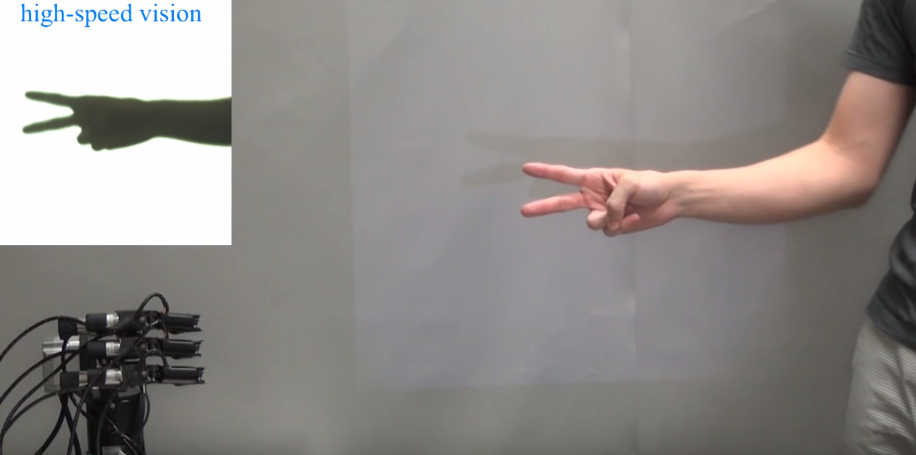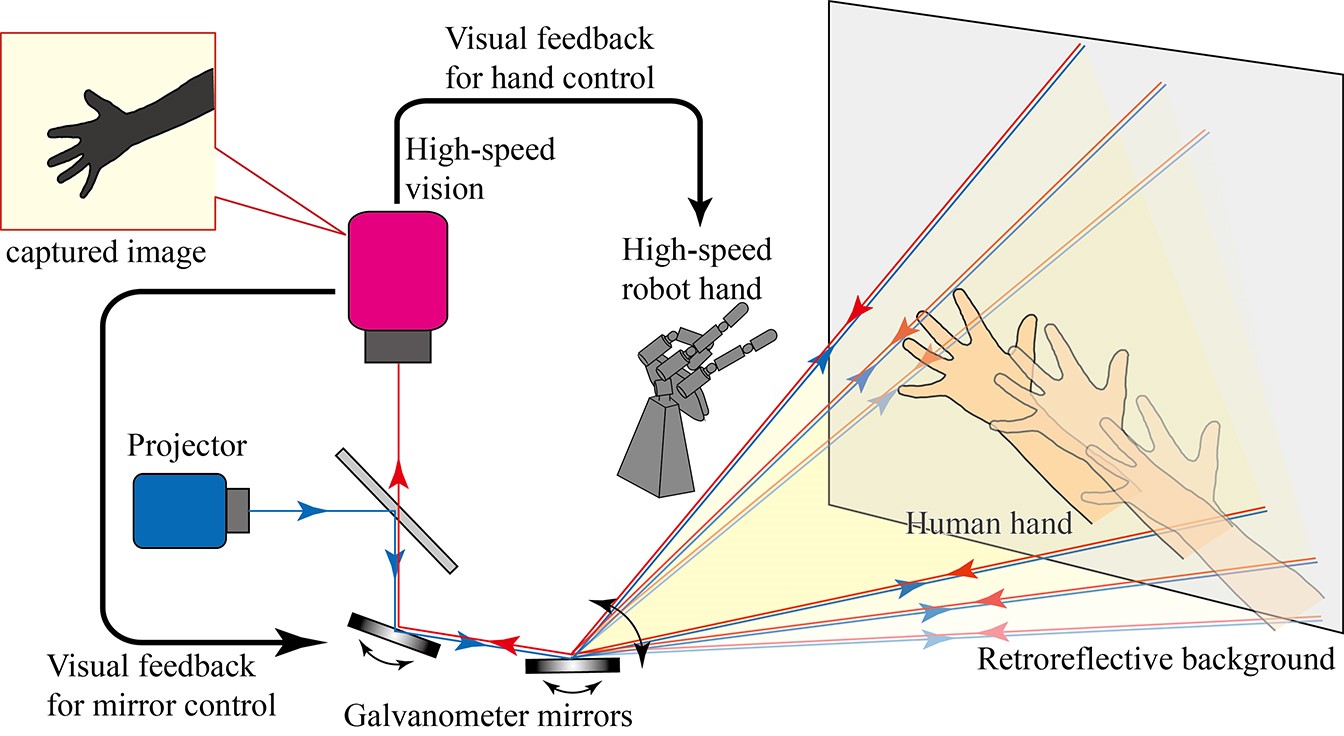
Rock-paper-scissors is a culture-transcending game that doubles as life’s default arbiter, settling disputes amongst friends, colleagues, and spouses for decades on end. But don’t ever attempt to play against a robot substituted in place of its human controller, for the University of Tokyo’s Janken rock-paper-scissors robot has maintained a 100 percent win rate since 2013. Janken has recently been upgraded to “version 3,” further improving its ability to out rock your scissors.
In short, Janken’s heightened winning streak arises from a combination of a high-speed camera that observes the human opponent’s hand gesture, working in tandem with a high-speed robot hand that reacts in less than 20 milliseconds. In fact, Janken may predict its opponents selected gesture by perceiving as little as the angle of the wrist or the movement of the fingers.

The third and latest of the robot’s iteration is equipped with improved high-speed tracking tech such as the 1 millisecond auto pan-tilt and the Lumipen 2, a dynamic projection mapping device originally designed for augmented reality, to expand its field of view during high-speed vision. While the Lumipen system was intended to automate the process of tracking objects in motion during sporting events, and thereby replace human camera operators, the vision tech’s application is broad enough that equipping it to a robot such as the Janken, directly improved the robot’s ability to track the human hand along its entire movement path.
Overall, the Janken proves to be more than a novel experiment in human-robot interpersonal interaction, providing a clear proof-of-concept on how to establish a system that simultaneously adjusts its movement parameters while in the midst of reacting to observed stimuli. Magnified on a larger more complex scale, this type of system may provide the foundation for designing industrial exoskeletons that identify and react to human movement on a larger scale.
But we’ve long ways to go until then. Janken’s increased response time is commensurate on fulfilling a certain number of lighting and background conditions that are unrealistic in the real world.
Source: ExtremeTech and DigitalTrends
Advertisement
Learn more about Electronic Products Magazine





